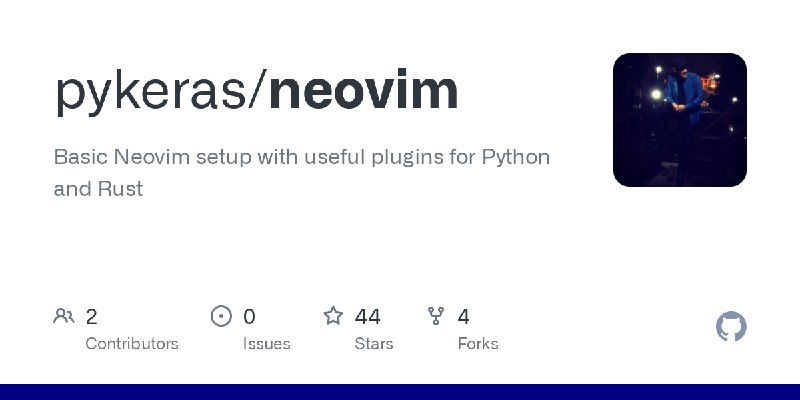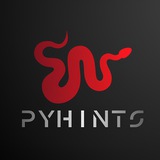tg-me.com/pyHints/776
Last Update:
از اون موقع خیلی تغییرات داشته (اکثرا برای اینکه توی سرعت توسعه کمک بیشتری بده) :
https://github.com/pykeras/neovim
بنظرم اگر از این تنظیمات neovim استفاده میکنید حتما این تغییرات آخر رو داشته باشید.
شخصا عادت دارم مشکلات کد رو بیشتر توی terminal ببینم؛ مثل اینکه خیلی از دوستان اینکار رو نمیکنند. برای همین updatetime روی تغییرات و پیامهای مربوط به diagnostic رو از 5sec آوردم روی 150ms.
نکته دوم اینکه ارورهای بلند رو هم بجای اینکه مجبور بشید توی ترمینال ببینید؛ حالا با بردن cursor روی اون خط بصورت کامل توی diagnostic float میتونید ببینید که راحت تر شده (راجب این هنوز خودم شک دارم که بهتر هست یا نه ولی چون درخواست براش زیاد بود انجامش دادم)
یک سری تغییرات دیگه هم این مدت داشت (بیشتر fix بود)
برای مثال <leader>gdp : goto definition peek
درست کار نمیکرد؛ بک پنجره floating از اون تابع یا کلاس باز میکنه و علاوه بر اینکه میتونید جزئیات کد رو ببینید؛ حتی میتونید توی همون پنجره ادیتهای سریع رو توی همون فایل انجام بدید و ...
در نهایت اگر بهبود دیگری وجود داشت ممنون میشم بهم بگید؛ منم لذت میبرم سرعت توسعه کدهام بیشتر بشه.
BY Python Hints

Share with your friend now:
tg-me.com/pyHints/776
